Home>Technology>Smart Home Devices>Which Epson Printer Can Be Converted To DTF
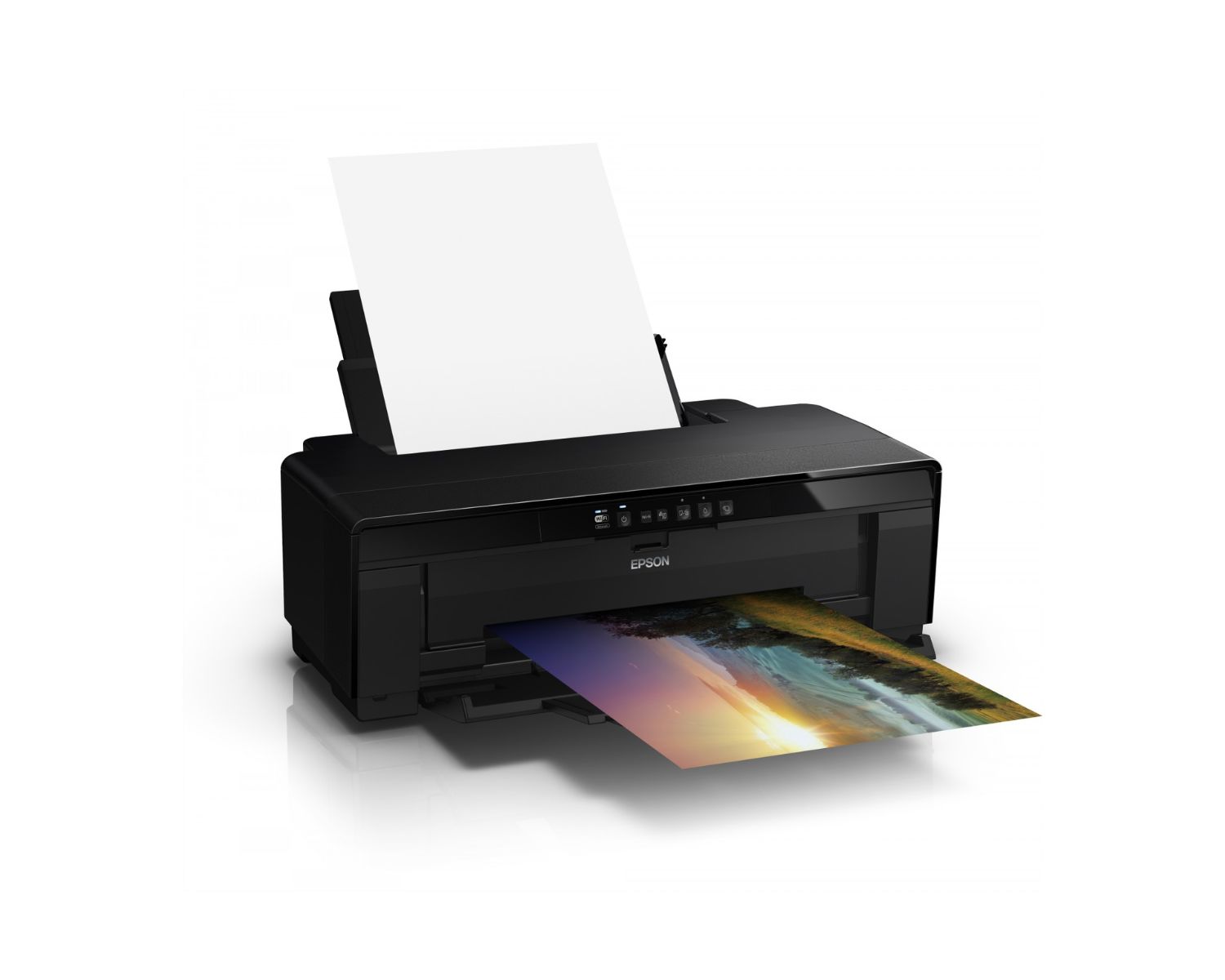

Smart Home Devices
Which Epson Printer Can Be Converted To DTF
Modified: August 28, 2024
Discover how to convert your Epson printer to DTF and explore the possibilities of creating custom designs with smart-home-devices. Unlock the potential of your printer today!
(Many of the links in this article redirect to a specific reviewed product. Your purchase of these products through affiliate links helps to generate commission for Storables.com, at no extra cost. Learn more)
Introduction
Welcome to the exciting world of direct-to-film (DTF) printing, where technology meets creativity to revolutionize the art of printing on various substrates. DTF printing has gained immense popularity for its versatility and ability to produce vibrant, durable prints on fabrics, garments, and other materials. In this comprehensive guide, we will delve into the fascinating realm of DTF printing and explore the compatibility of Epson printers with DTF conversion.
DTF printing involves transferring designs from a digital format directly onto a special film, which is then heat-pressed onto the desired substrate. This innovative process allows for high-quality, full-color prints on textiles, making it a preferred choice for custom apparel, promotional products, and personalized items.
As the demand for customized and on-demand printing continues to soar, DTF technology has emerged as a game-changer in the garment decoration industry. Its ability to deliver intricate designs with exceptional color vibrancy and durability has positioned DTF printing as a sought-after solution for businesses and individuals seeking to unleash their creativity in the realm of textile printing.
With the increasing interest in DTF printing, many enthusiasts and entrepreneurs are exploring the possibility of converting their existing printers to accommodate DTF applications. Epson, a renowned leader in printing technology, offers a range of printers that can be converted to facilitate DTF printing, providing users with a cost-effective and efficient means of venturing into this dynamic market.
Join us as we embark on a journey to uncover the potential of Epson printers in the realm of DTF printing and gain valuable insights into the process of converting these printers to unleash the power of DTF technology.
Key Takeaways:
- Epson printers like the SureColor series can be converted to do DTF printing, allowing for vibrant, high-quality designs on textiles, making it easy for businesses and individuals to create custom apparel and personalized items.
- Converting an Epson printer to DTF involves steps like cleaning, ink replacement, and calibration, opening up a world of creative possibilities for producing stunning, full-color prints on various substrates.
Read more: What Printer Can Be Used For DTF
Understanding DTF Printing
DTF printing, also known as direct-to-film printing, is a cutting-edge technique that enables the transfer of digital designs onto a specialized film, which is then transferred onto various substrates using heat and pressure. This innovative process has revolutionized the world of textile printing, offering unprecedented flexibility and quality in producing vibrant, durable prints on fabrics and garments.
At the core of DTF printing is the use of a specially formulated ink that is capable of adhering to the film and subsequently bonding with the target substrate when subjected to heat. This ink compatibility is crucial in achieving superior print quality and wash-fastness, ensuring that the prints retain their brilliance and integrity even after multiple wash cycles.
One of the key advantages of DTF printing is its ability to reproduce intricate designs with exceptional detail and color accuracy. Whether it’s complex artwork, photographic images, or intricate patterns, DTF technology excels in capturing the nuances of the original designs, resulting in stunning, high-definition prints that captivate the eye.
Furthermore, DTF printing offers unparalleled versatility, allowing for the application of prints on a wide range of textiles, including cotton, polyester, blends, and even dark-colored fabrics. This versatility makes DTF an ideal choice for creating custom apparel, promotional merchandise, and personalized items that demand high-quality, full-color prints.
Another notable aspect of DTF printing is its cost-effectiveness and efficiency, especially for small to medium print runs. The ability to produce on-demand, custom prints without the need for extensive setup or minimum order quantities makes DTF printing a lucrative option for businesses seeking to offer personalized products to their customers.
As the demand for customization and personalization continues to drive the textile printing industry, DTF technology has emerged as a versatile and reliable solution that caters to the evolving needs of businesses and consumers alike. Its seamless integration with digital workflows and its ability to deliver exceptional print quality have positioned DTF printing as a formidable contender in the realm of garment decoration and textile customization.
Epson Printers Compatible with DTF Conversion
When it comes to venturing into the realm of DTF printing, Epson printers offer a compelling opportunity for enthusiasts and businesses to explore the potential of this innovative technology. Epson’s diverse range of inkjet printers provides a solid foundation for DTF conversion, allowing users to leverage the exceptional print quality and reliability that Epson is renowned for.
Among the Epson printer models that are compatible with DTF conversion, the Epson SureColor series stands out as a popular choice for enthusiasts and professionals seeking to venture into DTF printing. The SureColor range, known for its precision, color accuracy, and reliability, serves as an excellent platform for transforming standard inkjet printers into robust DTF printing systems.
The Epson SureColor P400, P600, P800, and P6000/P8000/P10000 models are well-suited for DTF conversion, offering a seamless transition into the world of high-quality, full-color textile printing. These printers are equipped with advanced printhead technology, variable droplet sizes, and pigment-based inks, ensuring exceptional print resolution and color vibrancy – essential attributes for successful DTF printing.
Furthermore, the Epson SureColor F2100 and F3070 direct-to-garment (DTG) printers can also be adapted for DTF applications, leveraging their robust construction and precise ink delivery systems to accommodate the requirements of DTF printing. These DTG printers, renowned for their efficiency and versatility in garment decoration, can be optimized for DTF workflows, providing users with a seamless transition into the world of direct-to-film printing.
It’s important to note that while these Epson printer models offer compatibility for DTF conversion, the process of transforming them into DTF printing systems may require the use of specialized conversion kits and software to ensure optimal performance and ink compatibility. Additionally, proper maintenance and calibration are essential to maximize the potential of these printers for DTF applications.
By harnessing the capabilities of Epson printers for DTF conversion, users can unlock a world of creative possibilities, from producing custom apparel and accessories to offering personalized merchandise with stunning, full-color prints. The seamless integration of Epson’s renowned printing technology with the versatility of DTF printing opens up new avenues for businesses and individuals to express their creativity and cater to the growing demand for customized, high-quality textile products.
The Epson SureColor F2100 and F2000 can be converted to DTF printing with the use of a DTF conversion kit, allowing for direct-to-film printing on various materials.
Steps to Convert Epson Printer to DTF
Converting an Epson printer to facilitate direct-to-film (DTF) printing involves a series of meticulous steps to ensure the seamless integration of DTF technology with the printer’s existing capabilities. While the process may vary based on the specific model of the Epson printer and the DTF conversion kit being used, the following general steps provide a comprehensive overview of the conversion process:
- Research and Select a DTF Conversion Kit: Begin by researching and selecting a reputable DTF conversion kit that is compatible with your specific Epson printer model. Consider factors such as ink compatibility, software integration, and technical support to ensure a smooth transition to DTF printing.
- Prepare the Printer: Thoroughly clean the printer’s printhead, capping station, and ink lines to remove any residual ink or contaminants. This step is crucial to prevent potential ink compatibility issues and ensure optimal performance during the DTF conversion process.
- Install DTF-Compatible Inks: Replace the existing inks in the Epson printer with DTF-compatible inks that are specifically formulated for direct-to-film applications. Ensure that the ink cartridges are properly installed and primed to facilitate seamless ink delivery during the printing process.
- Calibrate Printhead and Ink Delivery: Utilize the calibration tools provided in the DTF conversion kit to align the printhead and optimize ink delivery for DTF printing. This step is essential for achieving precise ink deposition and color accuracy on the DTF film.
- Install DTF Film and Heat-Press Setup: Prepare the DTF film for printing by securing it onto the printer’s platen using the recommended securing method provided in the conversion kit. Additionally, set up the heat-press equipment in close proximity to the printer to facilitate the seamless transfer of prints onto the target substrate.
- Configure Printing Parameters: Adjust the print settings on the Epson printer to accommodate the DTF printing process. This may include optimizing ink density, print resolution, and color management to ensure the desired results on the DTF film.
- Test and Fine-Tune Printing Process: Conduct test prints on the DTF film to evaluate the print quality, color accuracy, and adhesion properties. Fine-tune the printing parameters as needed to achieve optimal results before proceeding with full-scale DTF printing.
- Integrate DTF Workflow with Software: Utilize the software provided in the DTF conversion kit to streamline the printing workflow, manage color profiles, and ensure seamless communication between the printer and the DTF film. This integration is crucial for maximizing the efficiency and quality of DTF printing.
By following these steps and adhering to the guidelines provided by the DTF conversion kit manufacturer, users can effectively convert their Epson printers into robust DTF printing systems, ready to unleash the potential of direct-to-film technology in producing vibrant, high-quality prints on a diverse range of textiles and substrates.
Conclusion
The convergence of Epson printers and direct-to-film (DTF) printing represents a compelling synergy that empowers enthusiasts, entrepreneurs, and businesses to delve into the realm of high-quality, full-color textile printing with unparalleled creativity and precision. As we conclude our exploration of DTF conversion with Epson printers, it becomes evident that the potential for innovation and customization in the world of textile printing has reached new heights.
By embracing DTF technology and harnessing the capabilities of Epson printers, individuals and businesses can embark on a transformative journey that transcends traditional printing methods, offering a seamless transition into the dynamic landscape of custom apparel, promotional merchandise, and personalized items. The exceptional print quality, reliability, and versatility of Epson printers, when combined with the precision and vibrancy of DTF technology, open up a myriad of opportunities for creative expression and commercial success.
Furthermore, the steps to convert Epson printers to accommodate DTF applications serve as a gateway to unlocking the full potential of DTF printing, providing users with the tools and knowledge to seamlessly integrate DTF workflows into their existing printing setups. This convergence of technology and innovation not only enhances the capabilities of Epson printers but also expands the horizons of textile printing, offering a compelling solution for businesses seeking to offer customized, high-quality textile products to their customers.
As the demand for personalized and on-demand printing continues to drive the textile industry, the fusion of Epson printers and DTF technology paves the way for a new era of creativity, efficiency, and profitability. Whether it’s creating vibrant designs on garments, accessories, or promotional items, the marriage of Epson printers and DTF printing empowers individuals and businesses to elevate their offerings and captivate audiences with stunning, full-color prints that embody their unique vision and brand identity.
In conclusion, the compatibility of Epson printers with DTF conversion heralds a transformative chapter in the evolution of textile printing, where innovation, quality, and customization converge to redefine the possibilities in the realm of garment decoration and textile customization. With Epson printers as the canvas and DTF technology as the medium, the future of textile printing is adorned with boundless creativity and limitless potential.
Frequently Asked Questions about Which Epson Printer Can Be Converted To DTF
Was this page helpful?
At Storables.com, we guarantee accurate and reliable information. Our content, validated by Expert Board Contributors, is crafted following stringent Editorial Policies. We're committed to providing you with well-researched, expert-backed insights for all your informational needs.
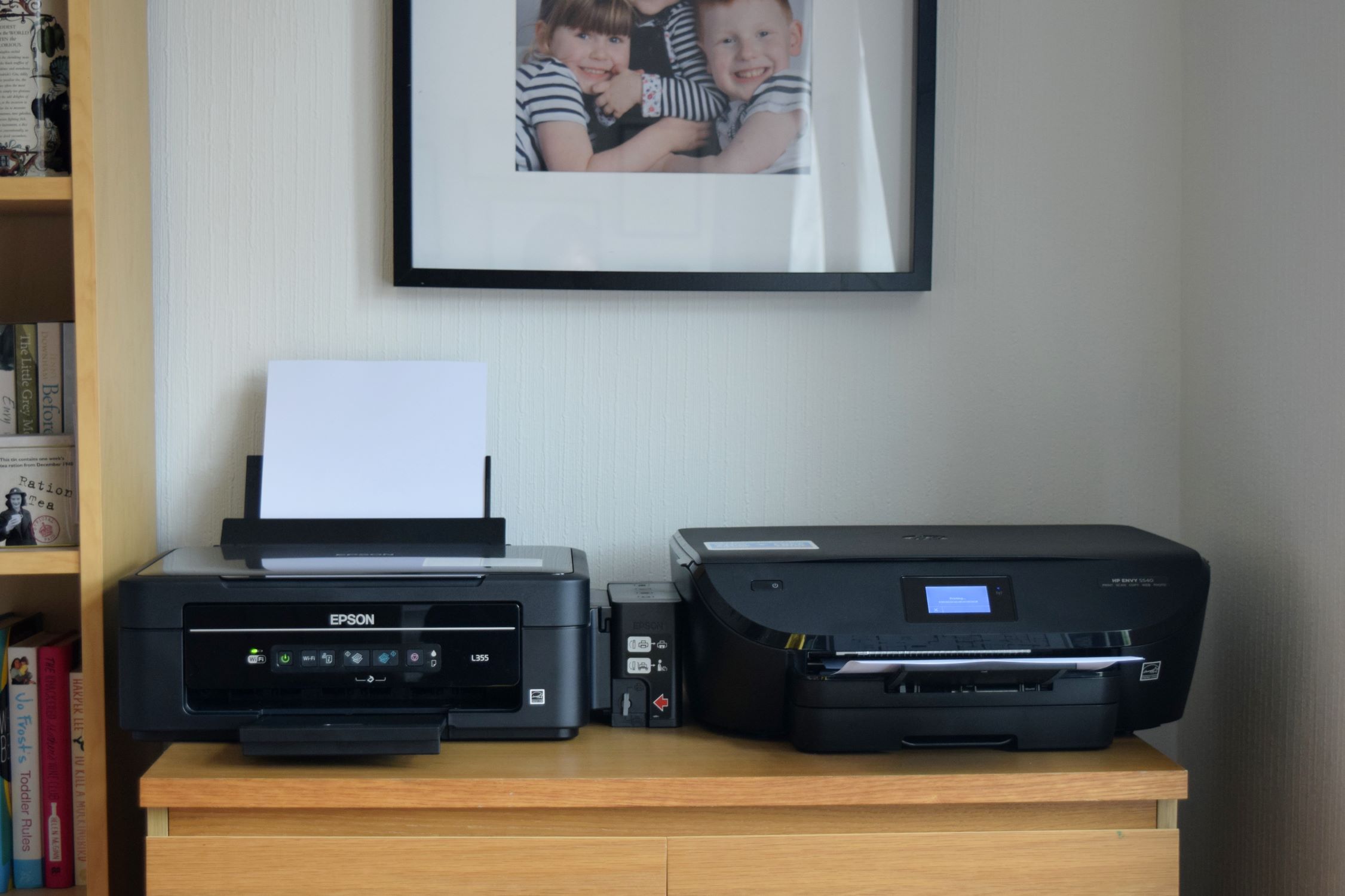
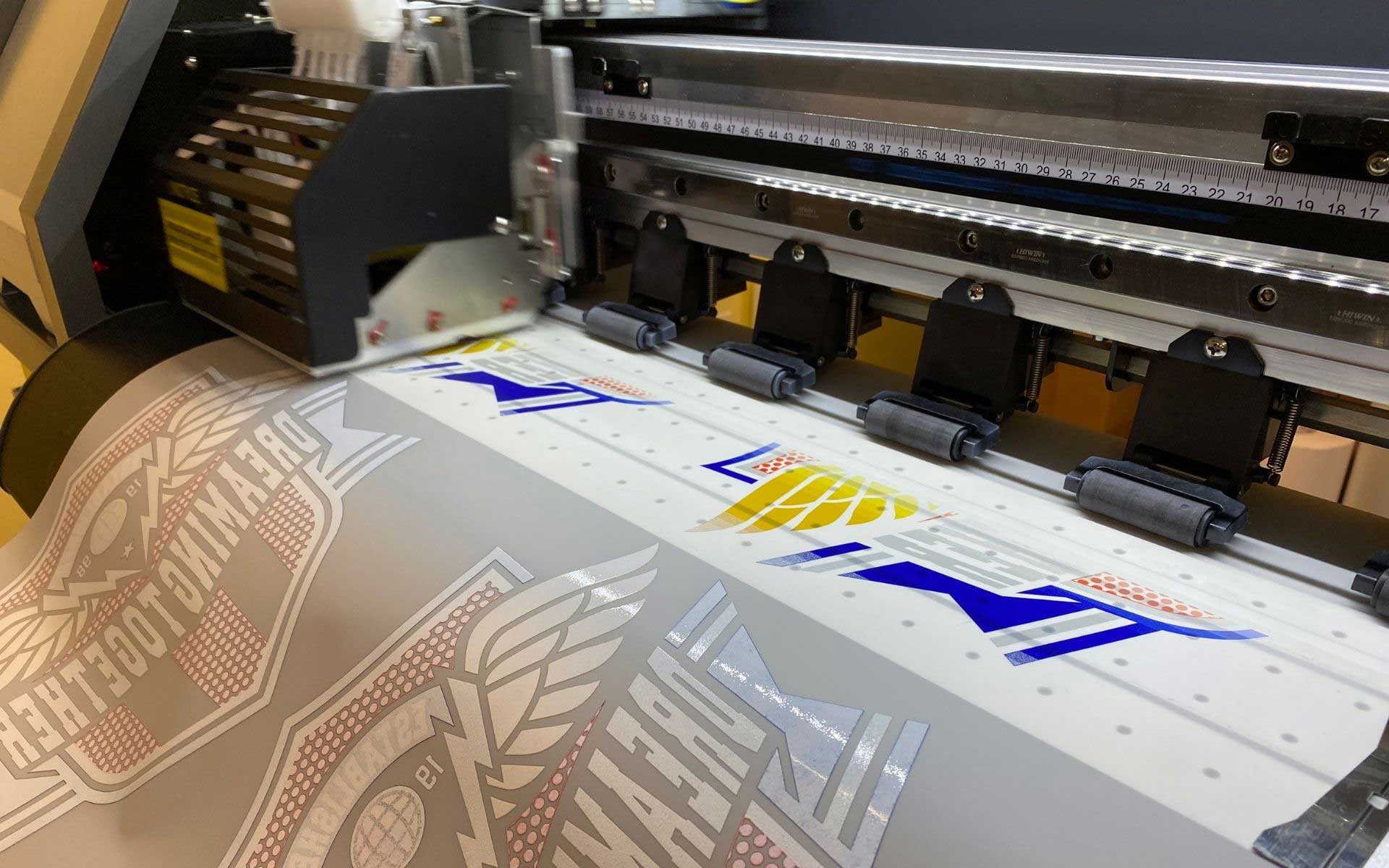
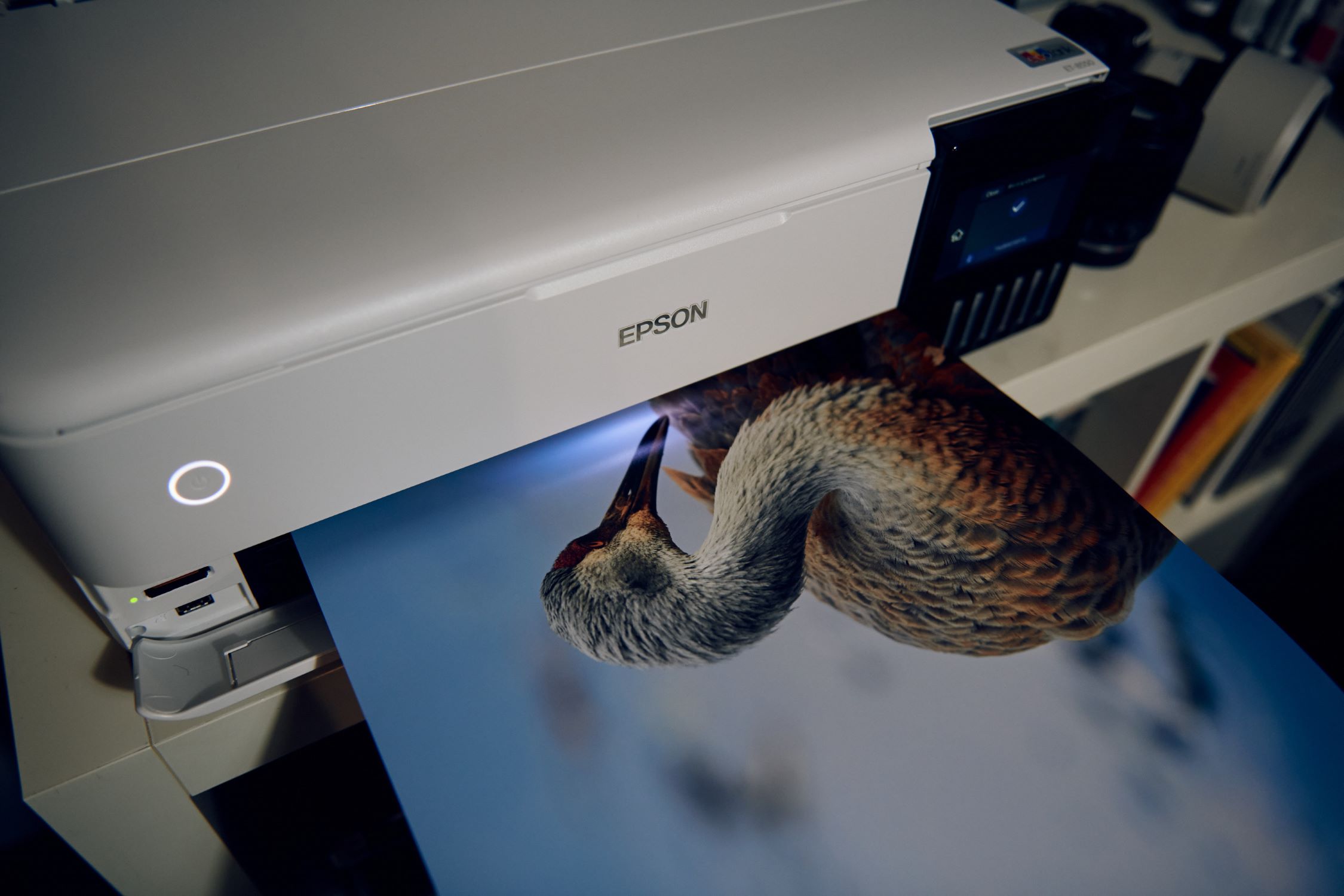
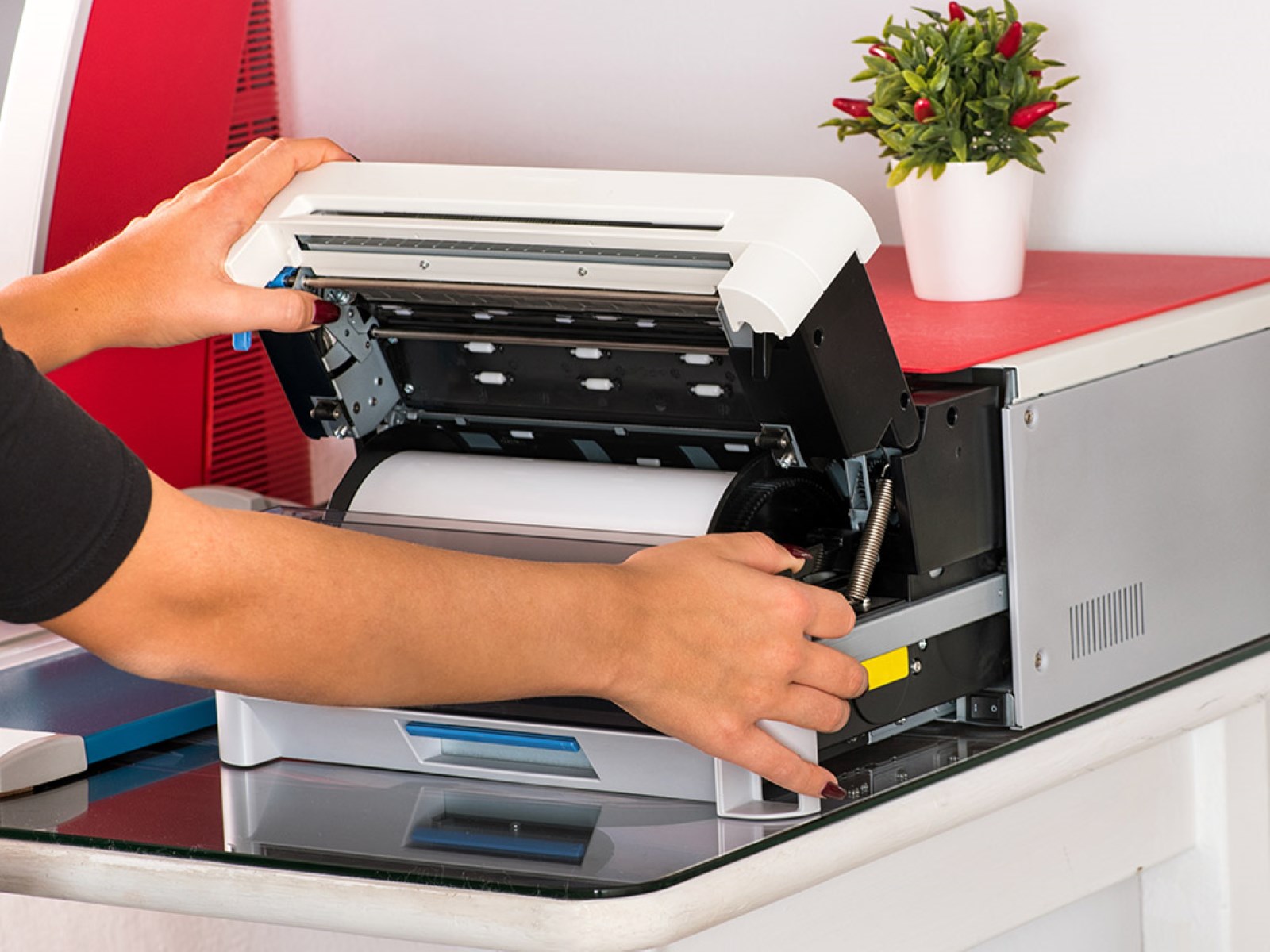
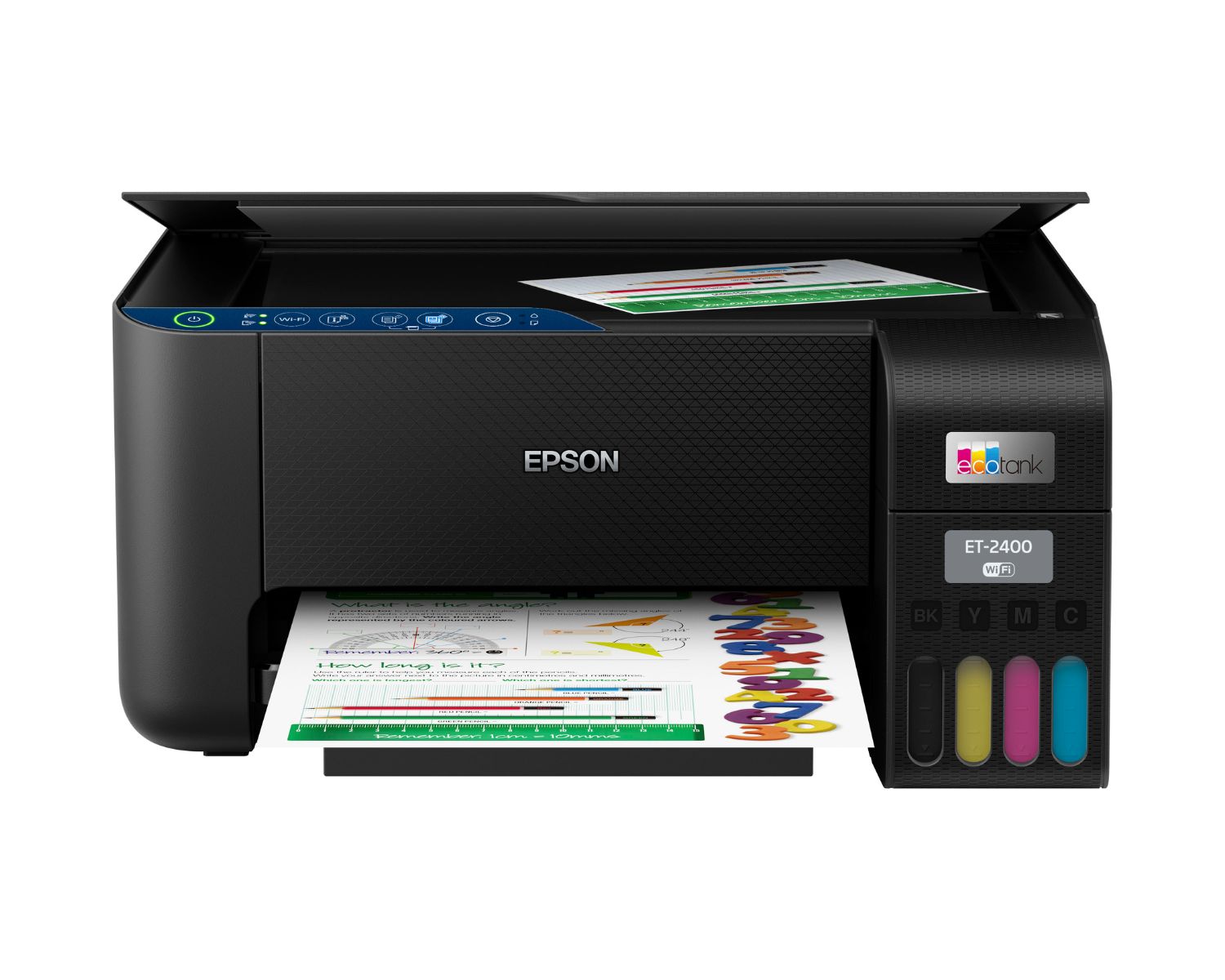

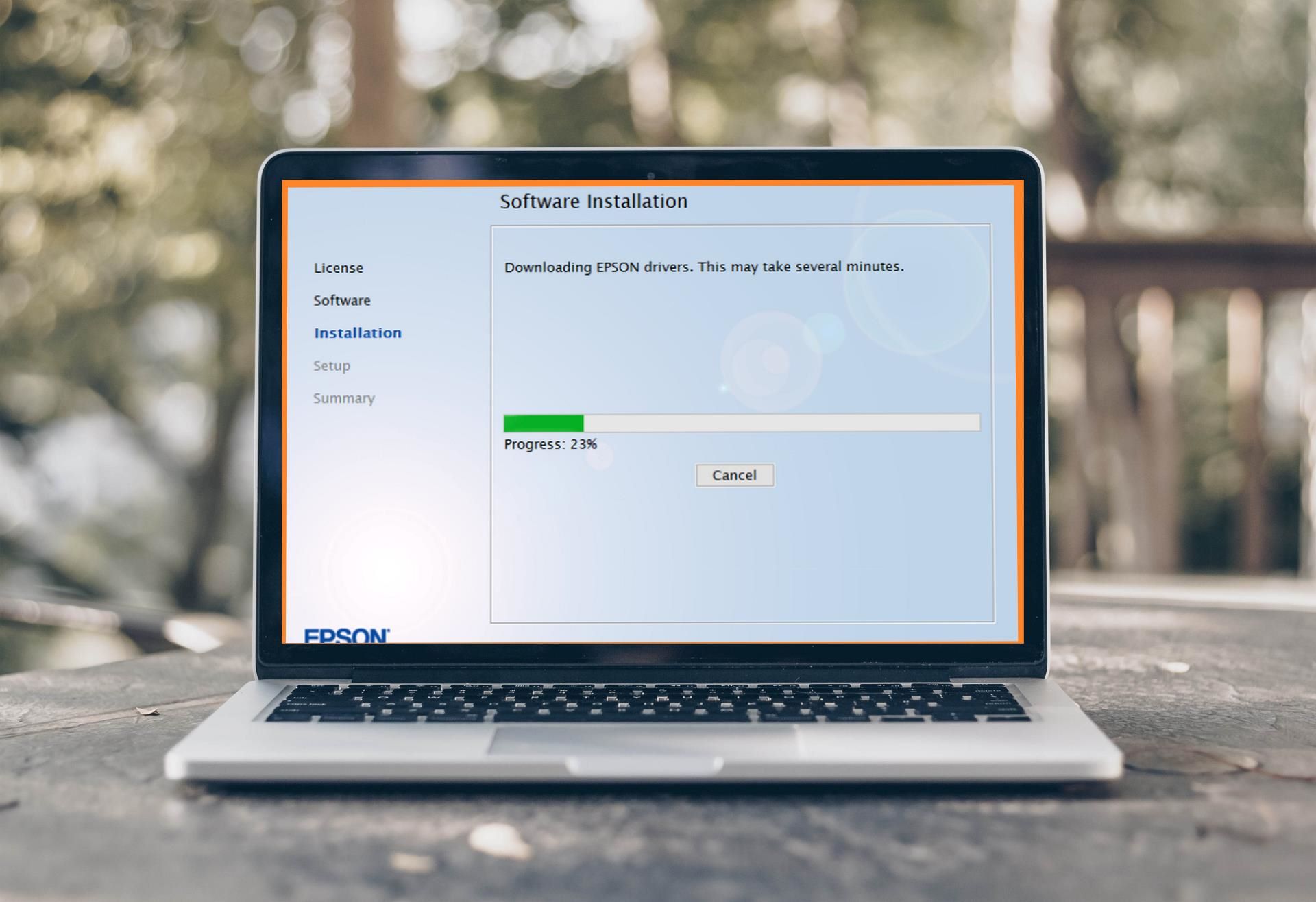
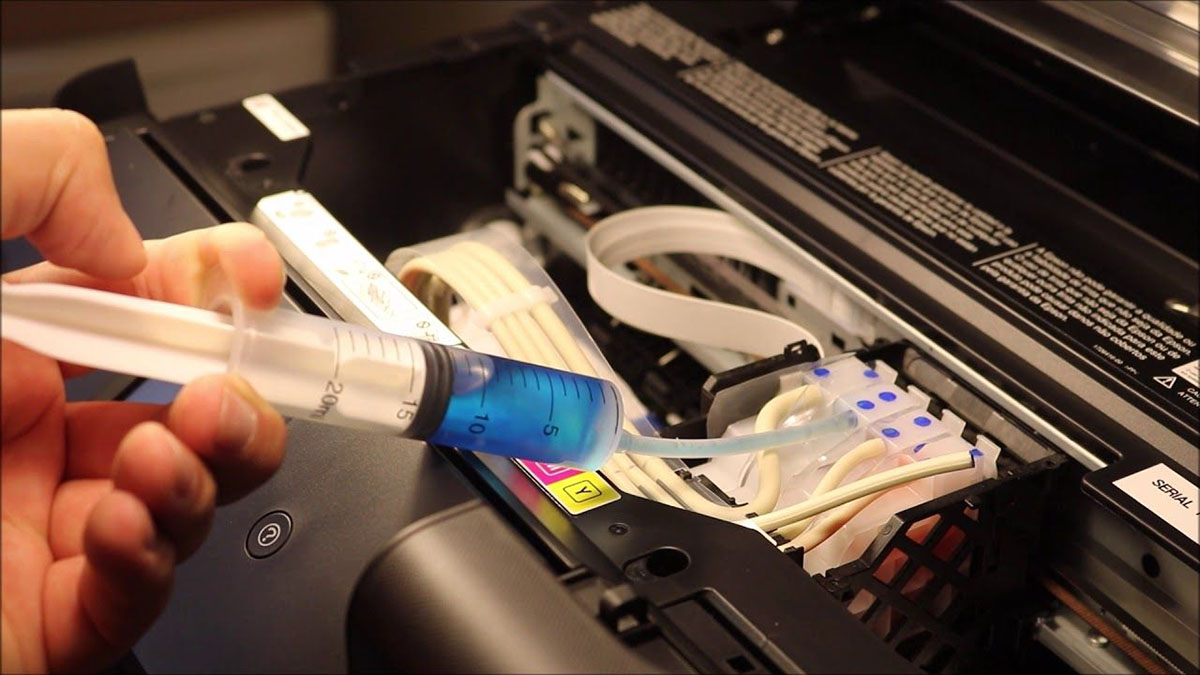
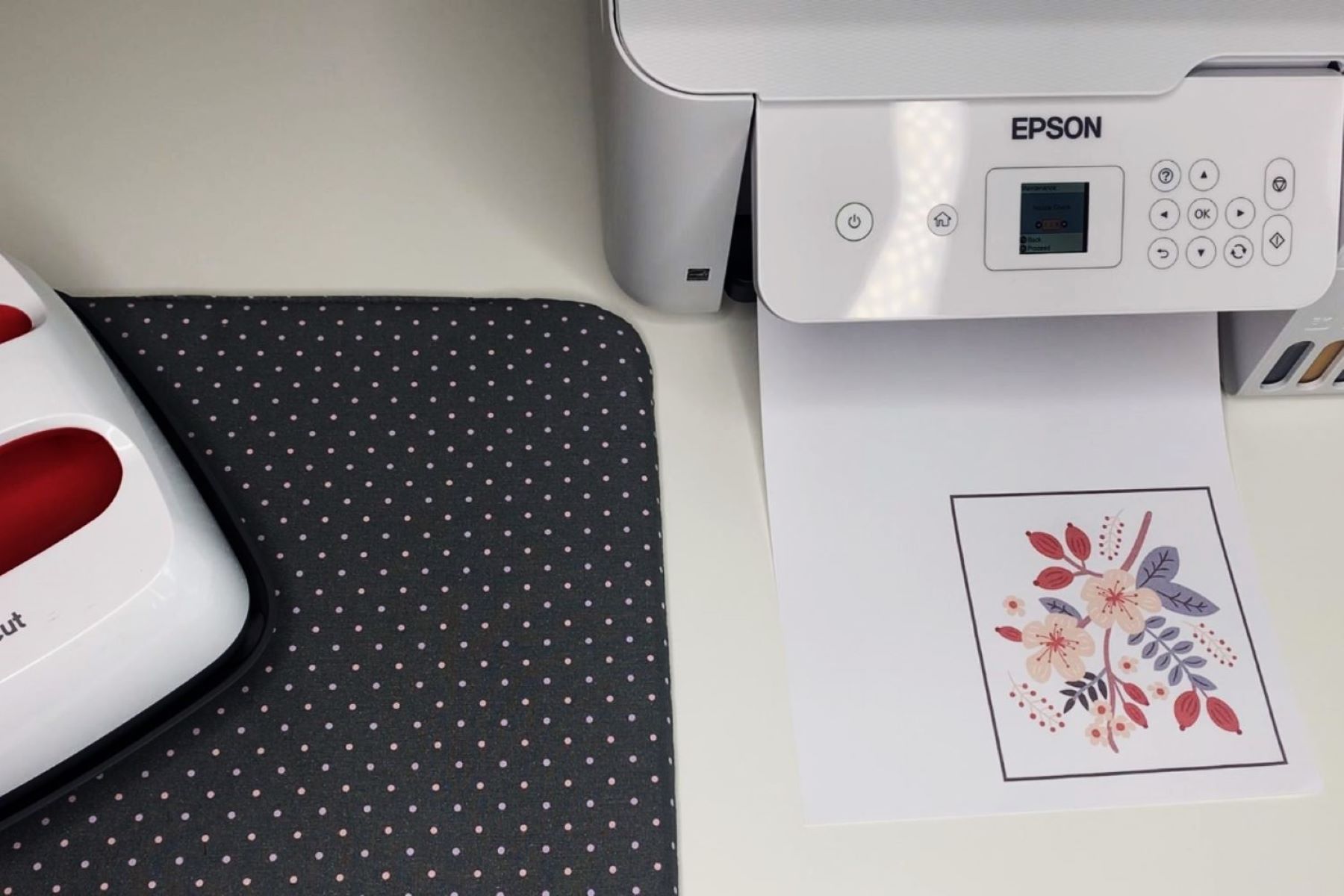
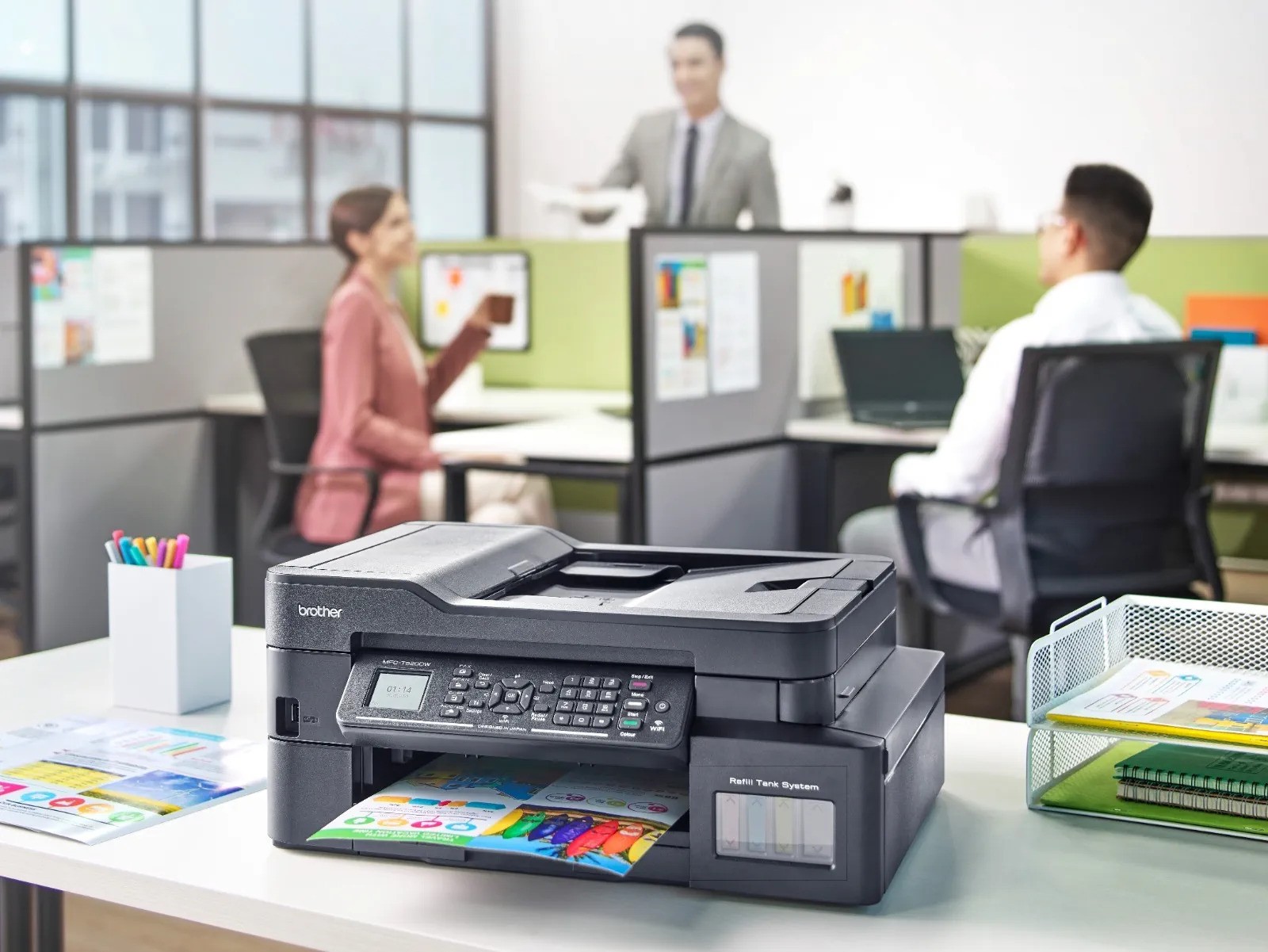
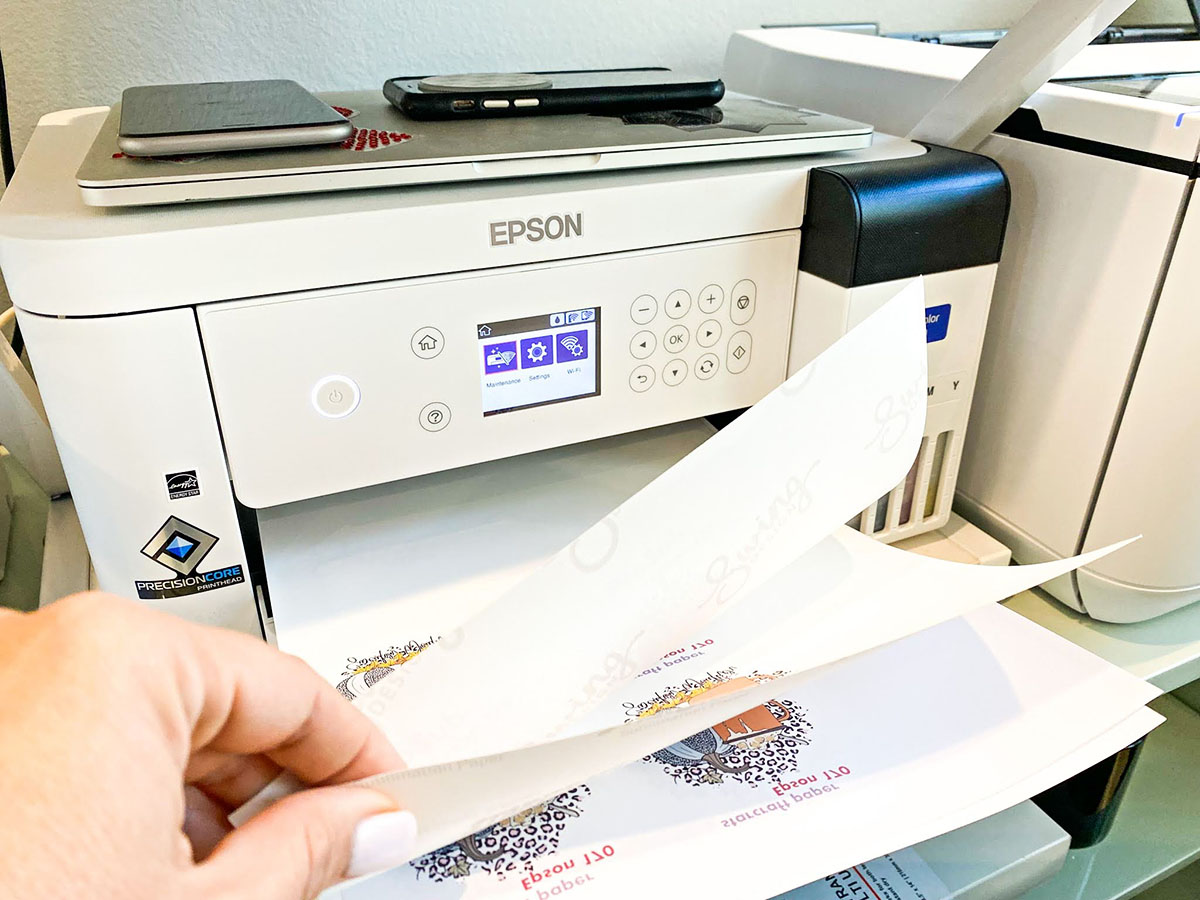
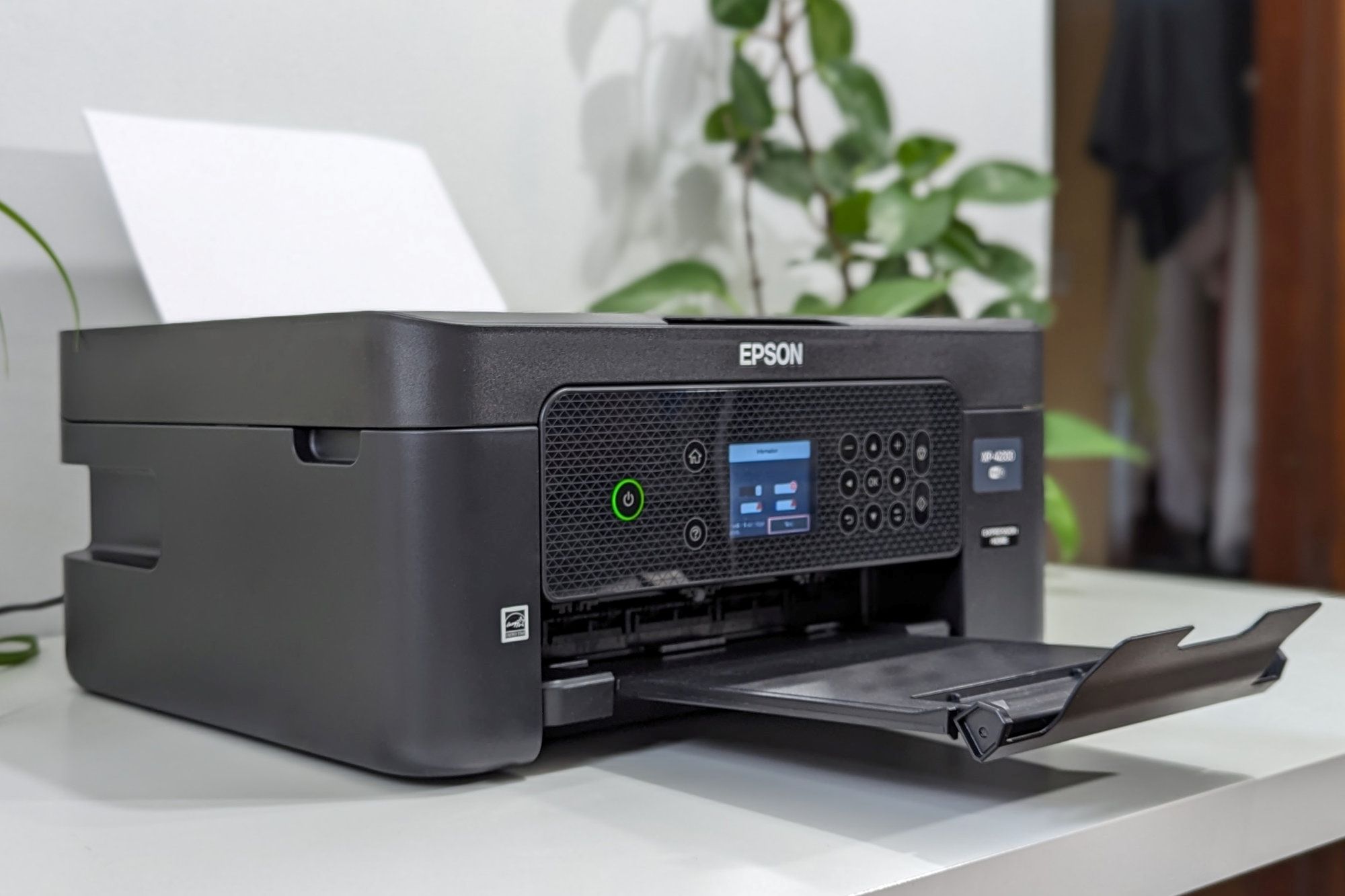
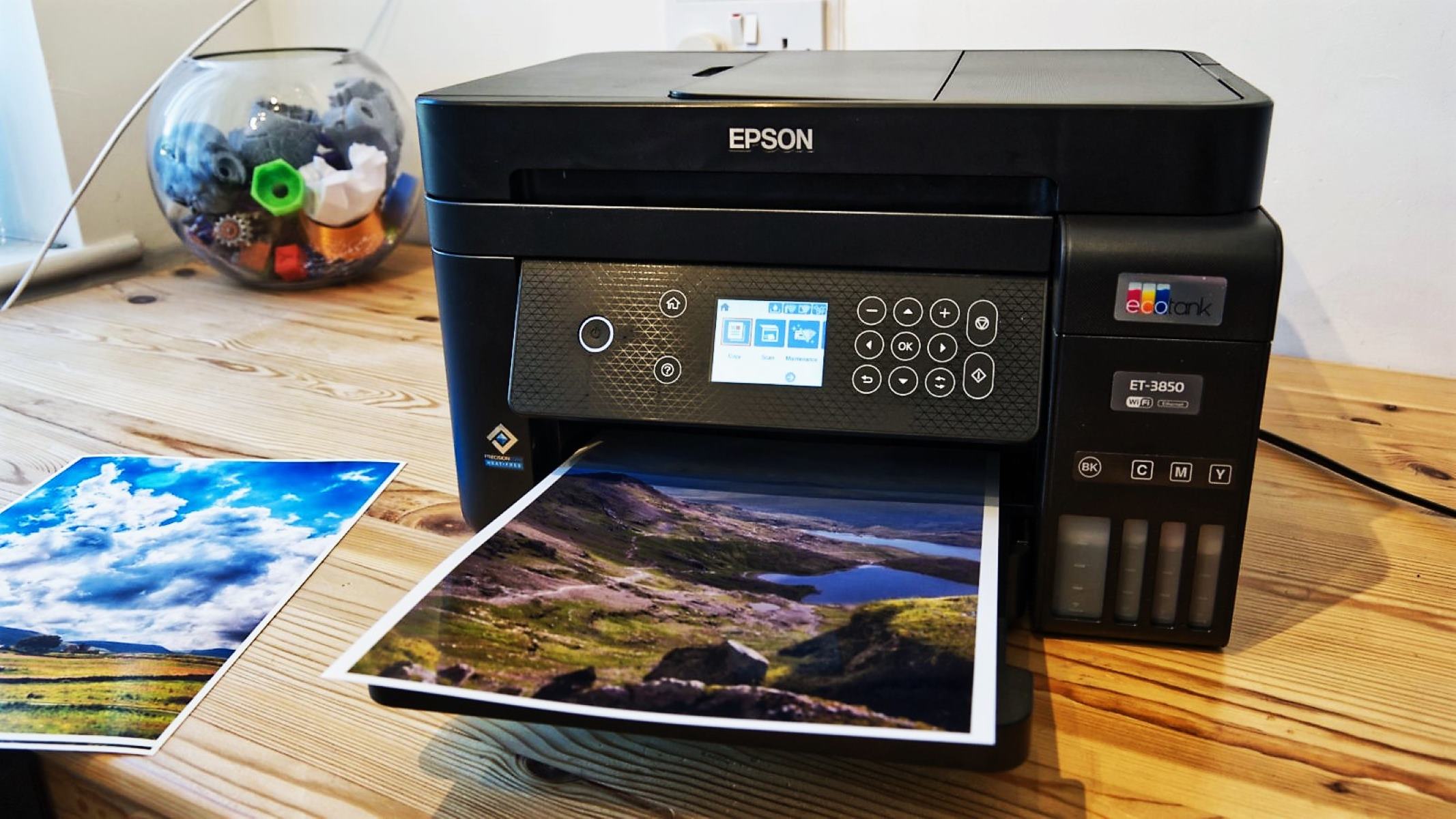
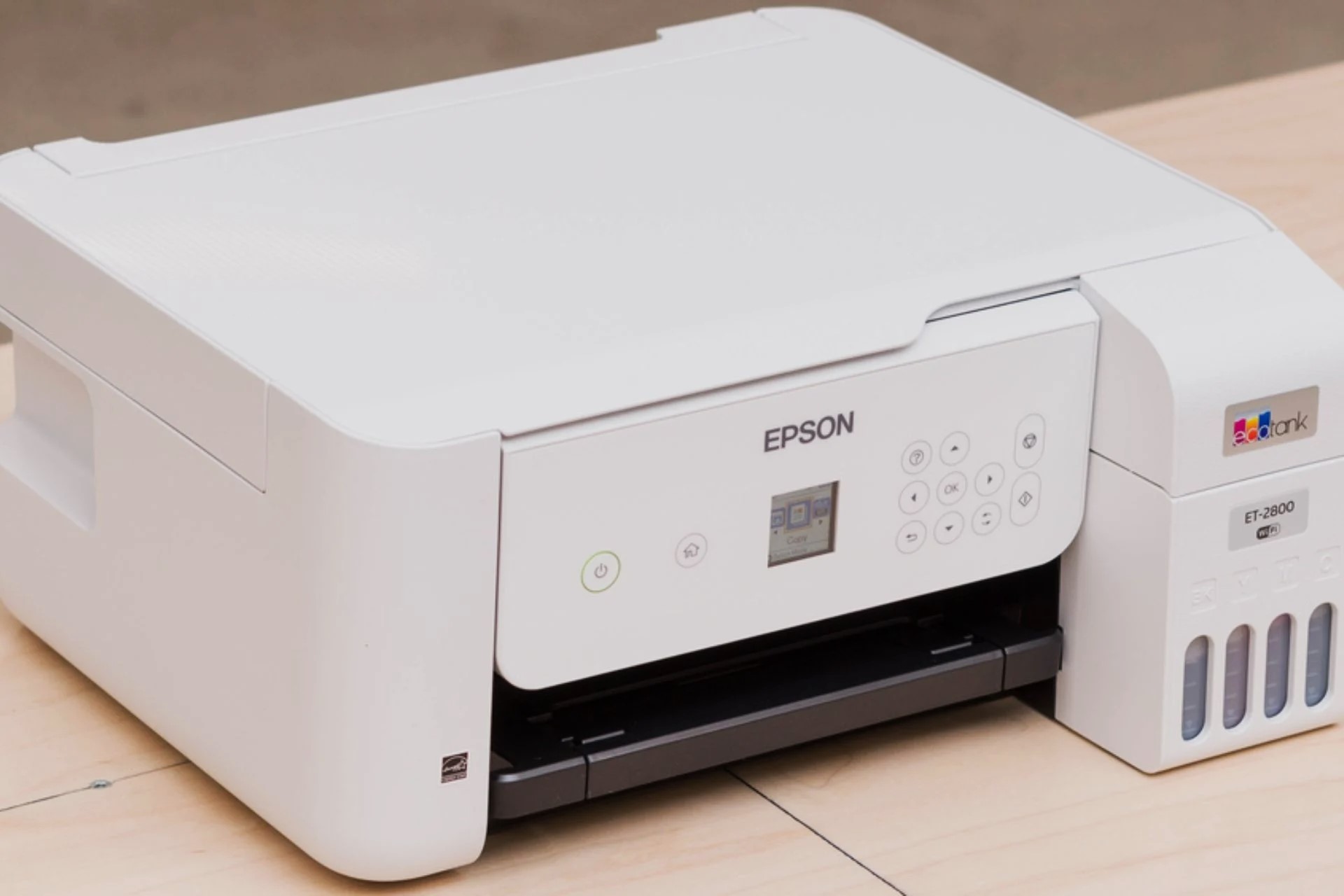
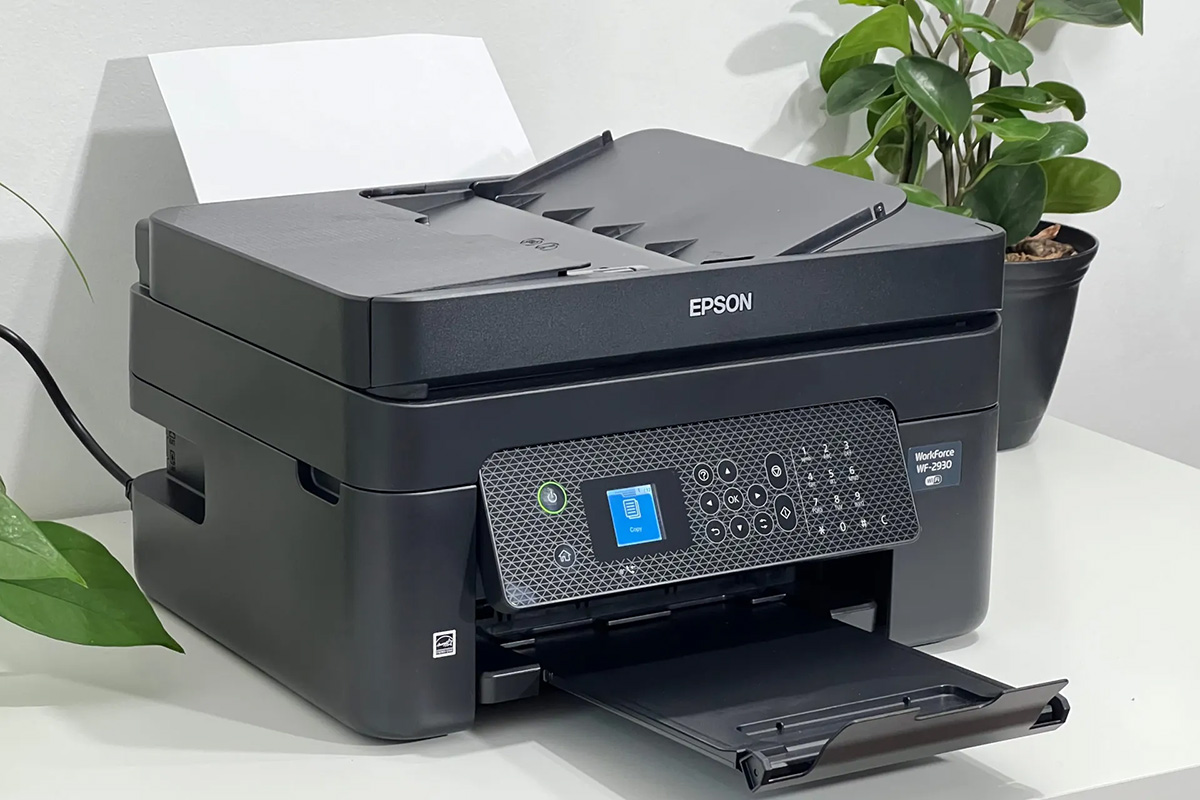

0 thoughts on “Which Epson Printer Can Be Converted To DTF”